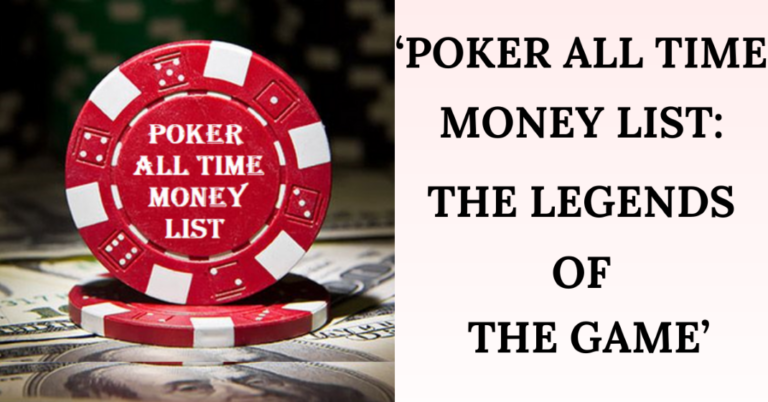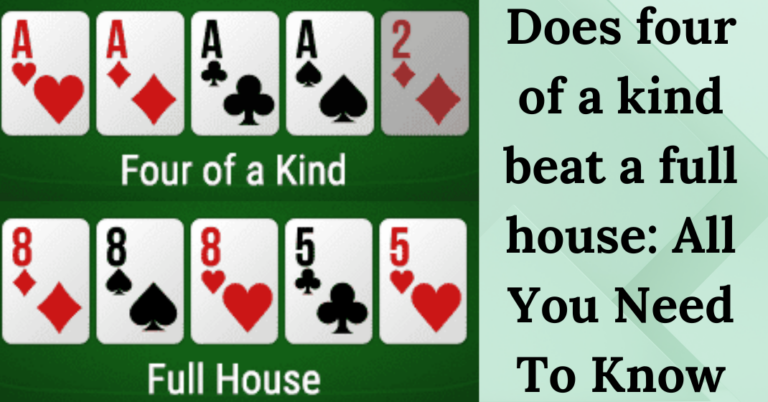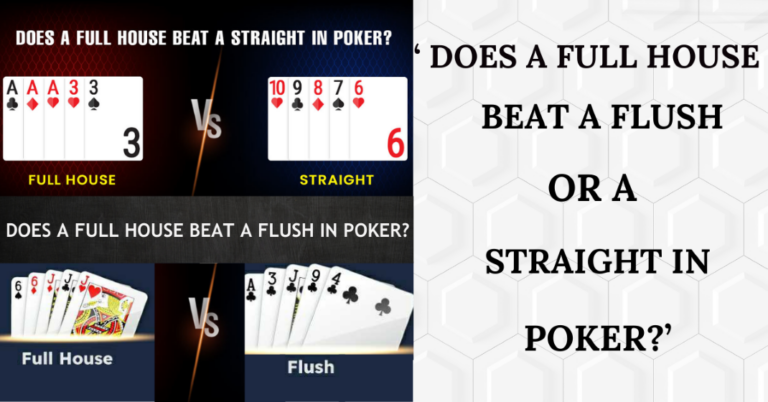Three Card Poker Strategies That You Must Know In 2024
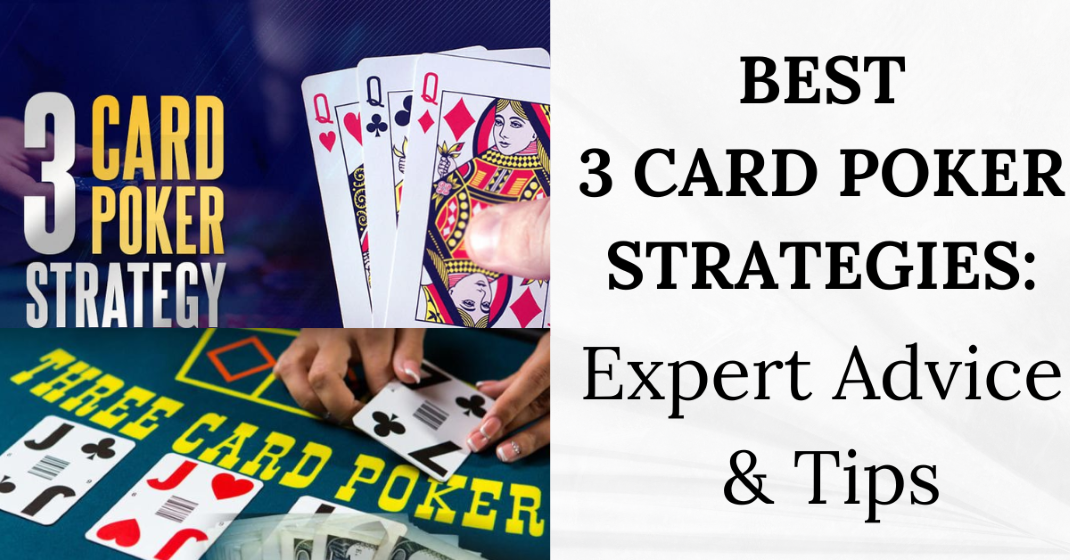
Three-card poker emerged in the 1990s as a fast-paced table game well-suited for live casinos and online play. Both players and dealers receive just three cards, leading to speedy hands and frequent betting decisions. The game quickly became popular due to the simplicity of three-card poker rules and a reasonable house edge compared to alternatives. Today, it remains among the most popular table games worldwide.
Our guide shares fundamental and advanced three card poker strategies and tips from our team of poker experts for making the most profitable decisions when playing three-card poker. By practising recommended strategies, you increase your likelihood of success substantially. With helpful, condensed advice from top gambling experts, get an overview of optimised approaches to this casino card game.
UNDERSTANDING THE BASICS OF THREE-CARD POKER
A. Rules of the Game
Before starting with the best three-card poker strategies, let’s quickly examine the rules. Learning the rules takes seconds if you’re generally familiar with poker hand rankings. After placing an initial ante bet, players and dealers receive three cards face down. You next decide to either:
- PLAY – Place an additional bet equal to the ante
- FOLD – Forfeit ante with no more bets placed
The dealer then reveals their cards. If they have Queen high or better, it’s a ‘qualifying’ hand, and they compare cards against players who were raised. Payoffs occur on both ante and play bets when you win. Folding avoids further full bet at risk when the dealer qualifies but still loses your ante. That’s essentially the entire premise! The game flows quickly with repeated hands, so you comfortably make many strategic decisions within a short timeframe.
Also Read: 5 Card Poker Rules For Beginners You Must Know In 2024
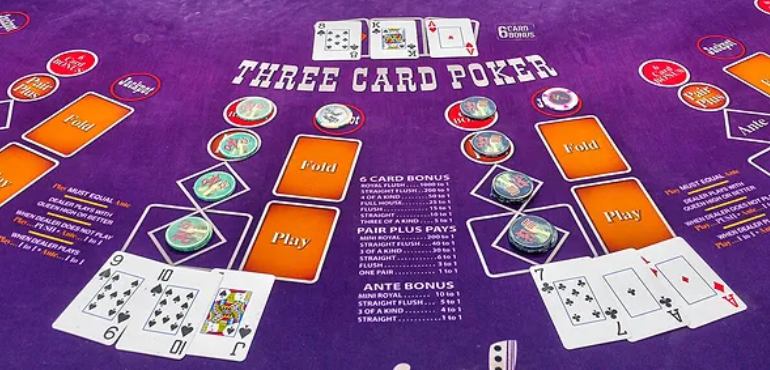
B. Hand Rankings
Knowing the correct hand rankings can be a game changer and a crucial three card poker strategy. Since only three cards come into play, standard five and seven-card poker hands like full houses or four-of-a-kind can’t happen. However, pairs, flushes and straights still regularly occur. Familiarise yourself with unique three-card poker hand rankings:
| Ranking | Example | Beat By |
| Straight Flush | 4♥ 5♥ 6♥ | Mini Royal Flush only |
| Three-of-a-Kind | 5♦ 5♥ 5♠ | Straight Flush |
| Straight | 7♣ 8♠ 9♥ | Three of a Kind, Straight Flush |
| Flush | J♠ 8♠ 2♠ | Straight, Three of a Kind, Straight Flush |
| Pair | A♣ A♦ 9♠ | Flush, Straight, Three of a Kind, Straight Flush |
| High Card | K♥ 9♦ 2♠ | Any other hand type |
Scoring priorities are vital when comparing hands against the dealer in qualified scenarios. Mastering common poker hand strengths translates directly into improved three-card poker success.
C. The Ante and Play Bets
You place the initial ante bet in a designated area, then receive three cards face down. Based just on those concealed cards, determine whether to place an additional Play bet by matching your ante to continue or fold, ending your involvement until the next hand. Making correct choices when facing these decisions represents the crux of optimising any three-card poker strategy. Master guidelines from experts about hand selections, and you’ll boost profitability substantially.
FUNDAMENTAL STRATEGIES FOR BEGINNERS
A. When to Play or Fold
Knowing when to play or fold is a major three-card poker strategy. Players can Put, Play, and bet any hand Q-6-4 or stronger. This means all holdings containing:
- Queen+ high cards
- 6+ secondary cards
- Unimportant 3rd cards
Any combination as weak or worse than Q♠ 6♥ 4♦ should be folded immediately to avoid unnecessary additional bets. This simple chart summarises recommendations:
| Your Hand Contains: | Suggested Play |
| Queen or Better High Card | Bet |
| Ace/King Second High | Bet |
| Queen + 9,8,7 Second Card | Bet |
| Q-6-4 Minimum or Better | Bet |
| All Other Hands | Fold |
Interestingly, this Q-6-4 rule optimises the overall Return to Player (RTP) percentage to around 96% compared to a more aggressively betting random hands RTP of just 86%. So, this one guideline alone substantially controls losses against the house edge.
B. The Q-6-4 Three-Hand Poker Strategy Explained
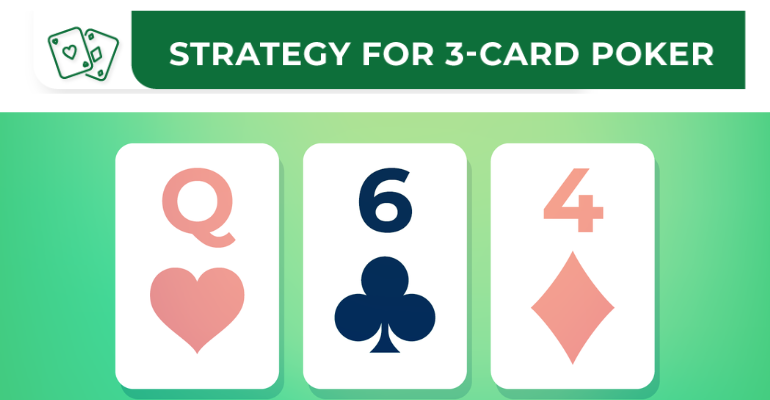
You might wonder why three hand poker strategies focus on seemingly arbitrary holdings like Q-6-4 representing the minimum hand to continue to play. Probability calculations determined these thresholds optimise total hands played against dealer qualifying frequency while maximising payout potential. Anything worse loses money long term. Q-6-4 examples you should bet include hands like:
- Q♥ 9♠ 2♣
- Q♠ 6♦ 4♥
- Q♦ 7♠ 3♠
Waiting only for hands meeting these minimums earns the highest overall profits. Learn advanced tips for nudging up your RTP even further!
C. Importance of Hand Selection
Optimising a three card poker strategy relies on choosing suitable holdings to bet and fold. Unless you master this core aspect, you’ll inevitably lose more than necessary, regardless of other betting decisions. Memorise guidelines for maximising hand value and profitability noticeably increase over hundreds of game rounds.
ADVANCED BETTING AND STRATEGIES
A. Playing with Pairs and High Cards
When dealt top-tier premium card holdings, always make the additional Play bet after seeing the following:
- Any Pairs – Odds favour potential trips or better to beat the dealer
- Ace / King High Cards – Powerful starter hands warranting further bets
Examples of continuing play include hands like:
- A♠ A♥ 7♦ pair of Aces
- K♠ Q♥ 2♣ King-Queen high
Ignore poor kickers with strong pairs/high cards since main drivers provide the best shot at wins.
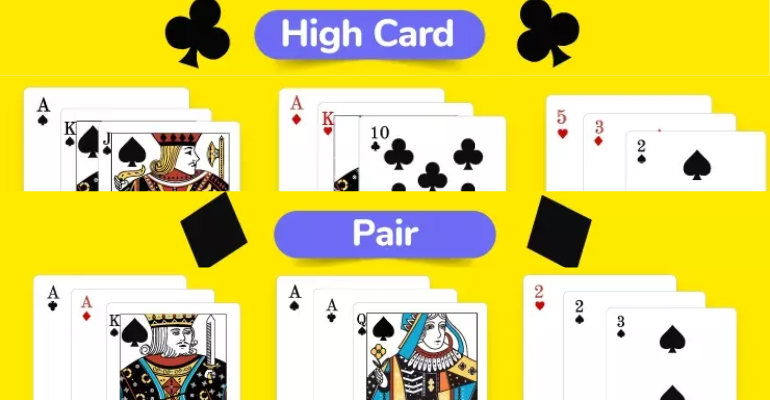
B. Strategies for Flushes and Straights
When catching great draws like flushes and open-ended straights in three hand poker strategies, consider skilled Play decisions weighing implied odds despite not meeting Q-6-4 standards. For instance, bet these sample hands:
- Q♠ J♠ 5♠ – Spade flush draw
- 8♥ 7♠ 6♦ – Six through Eight straight draw
The key factors are having one or more overcards boosting high card outs plus maximum draws to the strong finishes. Combining draw potential with immediate hand strength powers profitable wins covering extra folds.
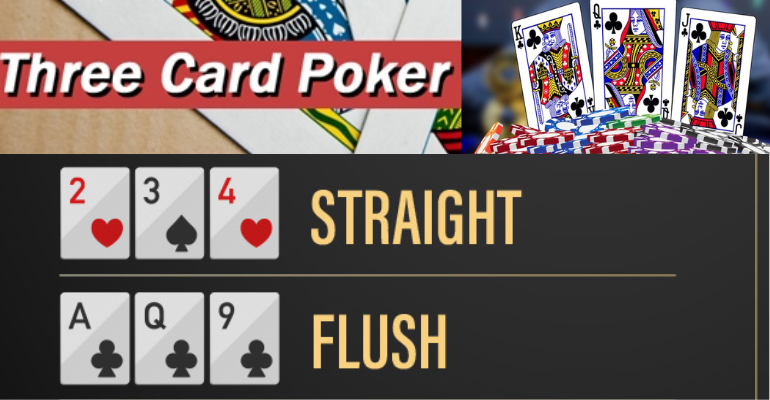
C. Managing Your Bets Effectively
Bankroll conservation remains essential for maintaining positive earning potential over many game sessions. Bet just 1-2% total bankroll per hand to withstand inevitable peaks/valleys without exhausting funds. For example, with a $500 bankroll, typical $10 minimum bets dictate wagering $5-10 per hand to enable adequate hands played. Stay disciplined, logging hundreds of plays for the best profits.
ODDS AND PROBABILITIES
A. Understanding House Edge
All casino games contain built-in mathematical house edges favouring the house as profits. Three-card poker averages approximately 3% house advantage overall. Three card offers better odds than alternatives like Caribbean Stud Poker, often over 5%. You further minimise losses by folding the worst hands using the proper strategy.
B. Probability of Different Hand Types
Understanding the likelihood of being dealt different hand strengths is a key aspect of three hand poker strategies, helping guide informed betting decisions.
- ~68% – Dealer has Queen+ qualifying hands
- ~5% – Chances of receiving Three of Kind+ premium hands yourself
Waiting for the right premium minority hands pays off through sufficient disciplined folds.
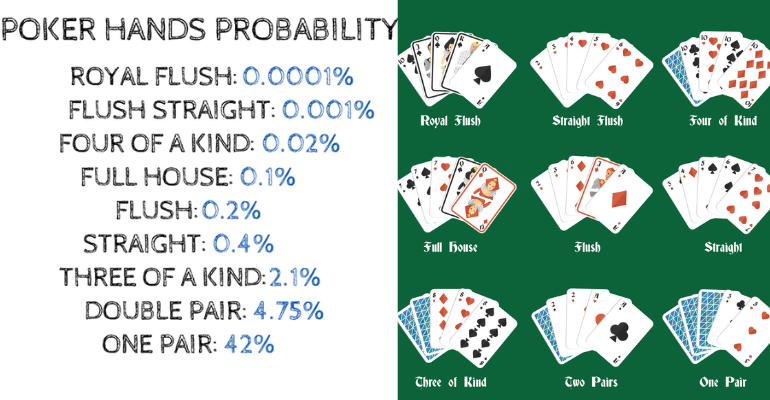
C. Impact of Odds on Strategy
With figures clearly showing lower probabilities for strong three-card hands, patience while waiting for ideal playable cards is crucial. Don’t sacrifice the win rate by recklessly chasing low-probability holdings or playing poor hands. Using informed odds knowledge further cements the importance of the proven Q-6-4 starting hand rule. Place focus on maximising hands with the highest statistical advantages.
Also Read: How To Play Poker Without Chips (7 Unique And Fun Ways)
SIDE BETS AND THEIR STRATEGIES
BANKROLL MANAGEMENT
Consider both loss limits and win goals pre-session, exercising discipline and adhering to targets in both cases. Quit play for the day upon hitting either marker to maintain perspective. Conservative loss maximums based on total bankroll ensure the ability to absorb statistical variance without complete depletion, and incremental win targets promote regular positive momentum.
Bet just 1-2% of your total available bankroll per hand to enable adequate volume and withstand negative runs. For example, given $500 maximum allotted gambling funds, bet just $5-10, assuming a minimum of $10 table bets. This allows playing about 100 hands without needing to tap backups if running bad or provides an opportunity to leverage positive runs.
TIPS FROM POKER EXPERTS
A. Insights from Professional Players
In three hand poker strategies, Veterans rightly emphasise that 3 card poker contains substantial luck elements despite requiring skill. But they still target minimising losses through discipline, folding worst hands rather than relying on key miraculous cards hitting frequently enough. Pros highlight that the difference between positive and negative expectation players lies in the number of foolish calls made more than lucky runouts.
B. Adapting Strategies to Different Situations
Weigh implied odds and future expected value on tricky bubble hands rather than relying just on base criteria. For example, making disciplined folds with K-6-3-type hands seems advisable based on traditional standards. But occasionally calling if the dealer shows 9-high and several other players have already folded their plays can provide profitable situations playing draws compared to minimum win probability requirements calling for a fold. Mastering adaptations pushes strategies forward.
C. Common Mistakes to Avoid
Seasoned professionals emphasise avoiding these frequent three-card poker errors:
CONCLUSION
Through balanced approaches fusing these beginner and advanced three hand poker strategies, the game offers solid entertainment value and earnings. Staying detached, focused, and practising using all available tools sets you up to anticipate every situation for poker success. Master the proven techniques shared here, then build on those with expanding skills, taking your game to the highest level.

